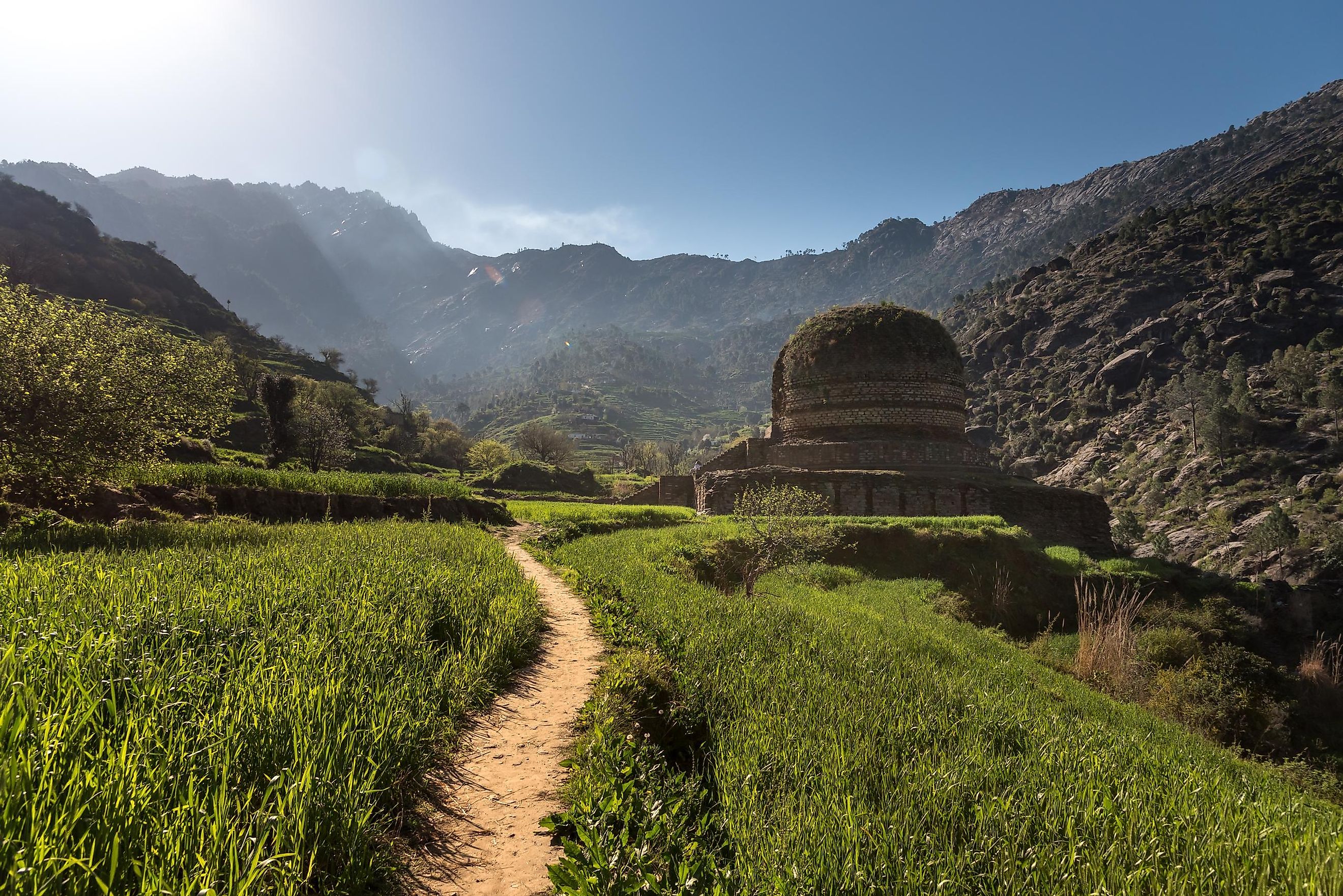
13 Most Incredible Recent Archaeological Discoveries
On account of our ancestor's restless labor, there are always more discoveries to be made about the past. Finding, unearthing, and properly examining these relics is a complicated process that Archaeologists excel at, and we owe them gratitude for their diligence. In the past, before archaeological practices were standardized, sites like Homer's Troy were practically destroyed by crude dynamite excavations at the hands of treasure hunters. After the discovery of Tutankhamun's Tomb, the Terracotta Army, or the Dead Sea Scrolls, one might be under the mistaken belief that there is nothing more to extract and observe from the crypts of history. Reality is quite the opposite; these 13 recent finds offer immediate proof that the best might actually be 'saved' for last, as there are always more mysteries underneath our feet.
13 Most Incredible Recent Archaeological Discoveries:
- Severed Hands As Egyptian War Trophies
- The Sayburç Narrative
- Biblical Heroines Portrayed In Ancient Synagogue
- A 2,300-Year-Old Buddhist Temple
- The Notre-Dame Sarcophagi
- Legendary Shipwreck In Antarctica
- Salvage Of The San Jose Spanish Treasure Galleon
- Zeus Temple Unearthed In Egypt
- Unearthing An Egyptian Treasurer's Tomb
- Ancient Gladiator Arena Uncovered In Turkey
- Discovery Of A Dead Sea Scroll In Israel's Cave Of Horror
- Unearthing Female Influence In Ancient Spain
- Ancient Roman Shipwreck Unearthed Near Sicily
Severed Hands As Egyptian War Trophies
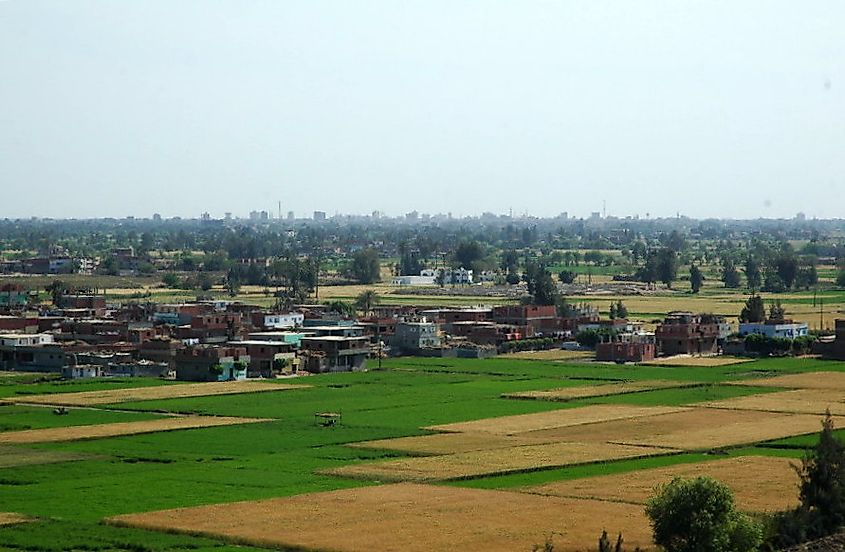
Archaeologists discovered 12 dismembered hands at the Tell el-Dab'a site in northern Egypt, dating back to 1500 BCE. The hands are believed to be the first physical evidence of the "gold of honor" ritual, where Egyptian warriors presented the hands of defeated enemies to the pharaoh, who then rewarded them with gold necklaces or golden fly-shaped pendants.
Initially, some researchers proposed that severed hands were a form of punishment for criminals. However, the careful cutting and placement of the hands in shallow pits near the city's central palace, along with the absence of cut marks on the bones, support the hypothesis of ritualistic amputation. It is thought that the hands were removed after death and that the deposits were made quickly during a single event or ceremony. The practice served to honor the pharaoh and simultaneously punish enemies by disfiguring their souls, preventing them from entering the afterlife.
The Sayburç Narrative
Archaeologists in Turkey have uncovered the earliest known narrative scene, an 11,000-year-old two-panel carving featuring humans and animals. Located at the Sayburç complex, the engravings were found on benches within a communal structure. Each panel displays a person confronting dangerous creatures; one depicts a man with a rattle or snake facing a bull, while the other portrays a man holding his phallus as leopards approach. This discovery, dating back to the 9th millennium BCE, is significant because it presents a progressing narrative structure, unlike older examples of narrative art. The site sheds light on Neolithic communities transitioning from nomadic lifestyles to permanent settlements, with the artwork potentially symbolizing collective memories and values.
Biblical Heroines Portrayed In Ancient Synagogue
In July 2022, a University of North Carolina at Chapel Hill team led by Professor Jodi Magness resumed excavations in Huqoq, Israel, discovering 1,600-year-old mosaics in an ancient Jewish synagogue. This year's findings include the first depiction of biblical heroines Deborah and Jael from the book of Judges. The Huqoq Excavation Project, in its 10th season, focuses on the synagogue's southwest section, constructed between the late fourth and early fifth century CE. The team revealed a mosaic panel divided into three registers that depict a scene from Judges 4, featuring Deborah, Barak, Sisera, and Jael. Other uncovered mosaics feature Hebrew inscriptions, animals, and biblical stories.
A 2,300-Year-Old Buddhist Temple
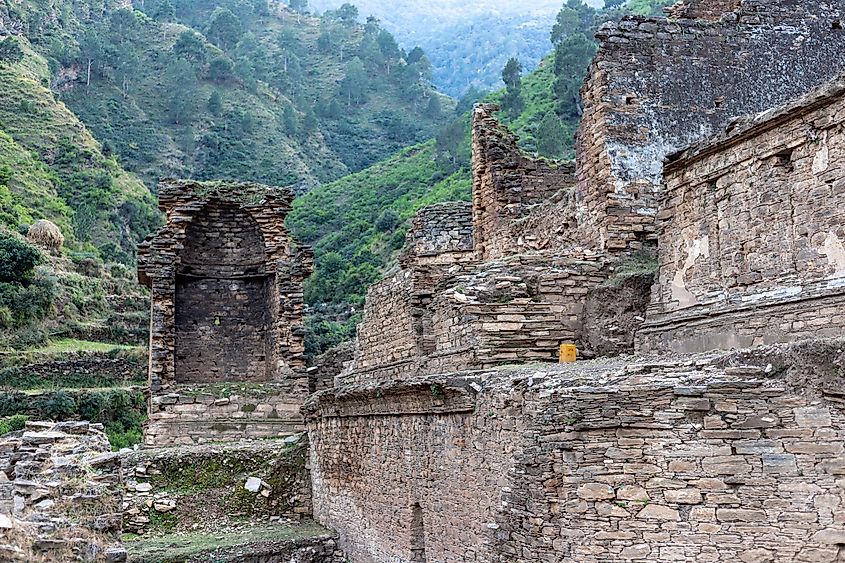
A remarkable archaeological find in Barikot, Swat Valley, Pakistan, revealed the remnants of what could be one of the earliest known Buddhist temples. Estimated to date back to the 2nd century BCE, this ancient temple sits in the Gandhara region, an area known for its fusion of Hellenistic and Indian influences. The site encompasses a multi-level complex, including living quarters for monks and a stupa. Artifacts such as statues, coins, and pottery have also been uncovered, offering further insights into the temple's history and significance.
The Notre-Dame Sarcophagi

During the restoration of Paris' iconic Notre Dame Cathedral after the tragic 2019 fire, archaeologists discovered two lead tombs hidden beneath the structure's Gothic spirals. The tombs are believed to date back to the 14th century and are associated with two individuals: Antoine de la Porte, a wealthy canon of the church, and a figure known as "Le Cavalier." The latter, possibly an elite member of society, was found with a floral crown, an uncommon burial practice. The reasons for their prestigious interment locations remain a mystery.
Legendary Shipwreck In Antarctica
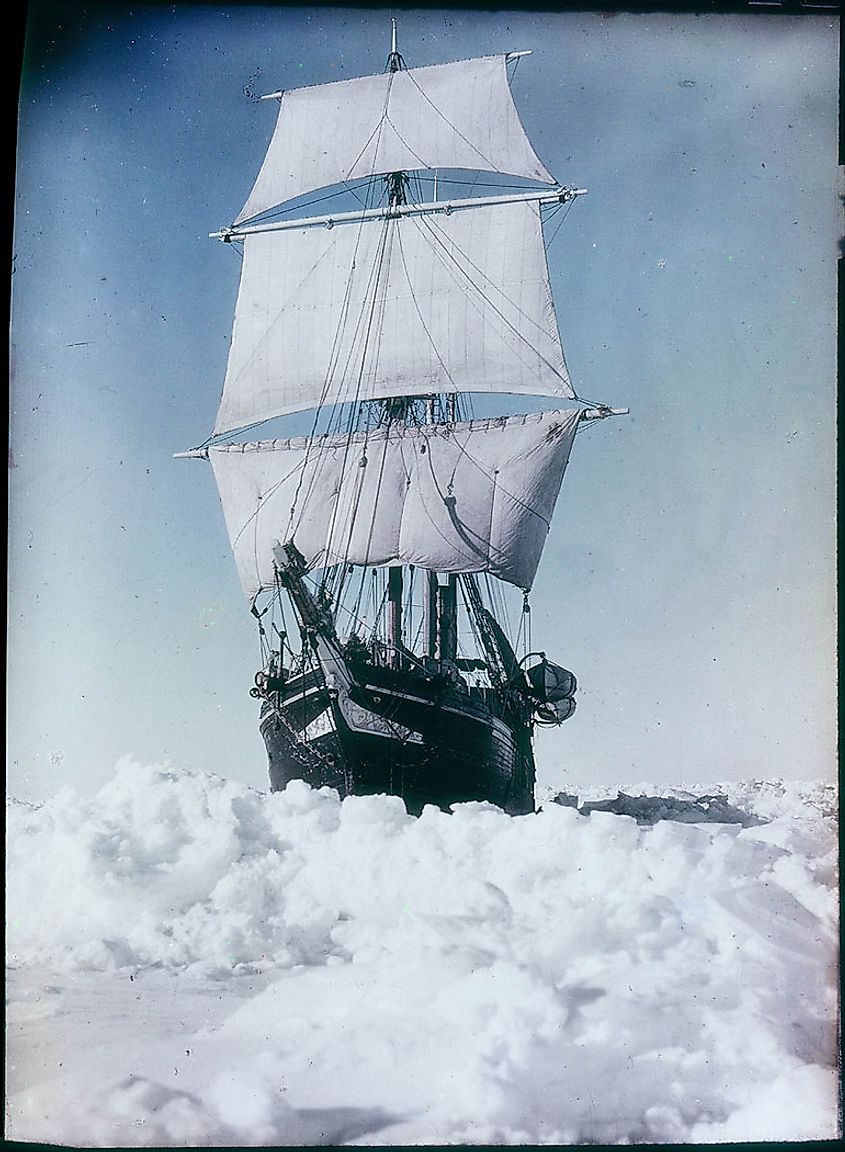
In an incredible discovery, the shipwreck of Sir Ernest Shackleton's Endurance was located in the depths of the Weddell Sea. The vessel, which sank in 1915, was part of a historic Trans-Antarctic Expedition involving Shackleton and 27 crew members. Despite the ship's loss, the entire crew survived an arduous journey back to civilization. The well-preserved wreck of the Endurance was found in 2022 and is now a protected monument under the Antarctic Treaty, commemorating this extraordinary tale of survival and exploration.
Salvage Of The San Jose Spanish Treasure Galleon
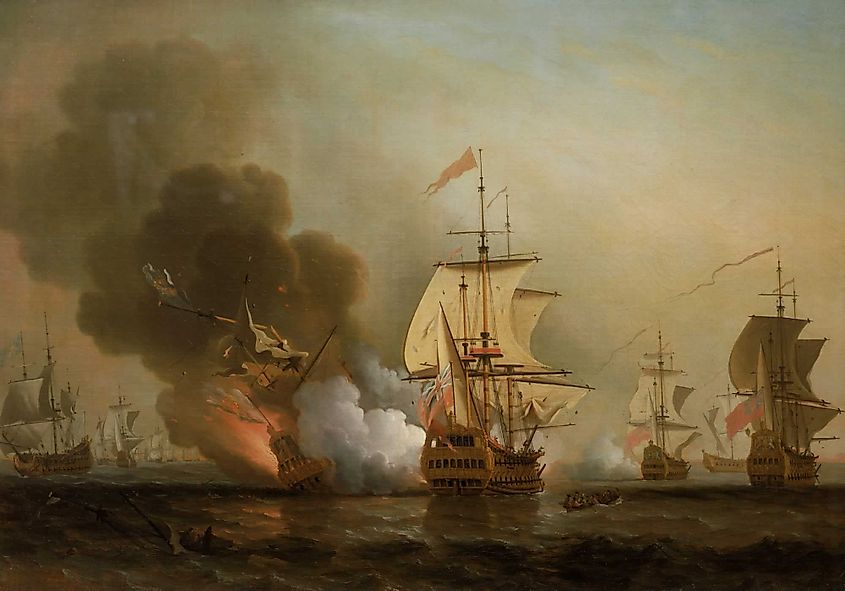
In 2015, the shipwreck of the San Jose, a Spanish treasure galleon, was discovered off the coast of Colombia. Launched in 1698, this 64-gun, three-masted vessel sank in 1708, carrying a vast fortune in gold, silver, and emeralds. The ship's valuable cargo is estimated to be worth up to $17 billion. Legal disputes have delayed the recovery of these treasures, but the San Jose remains a tantalizing prize for those in the lucrative business of locating and salvaging shipwrecks.
Zeus Temple Unearthed In Egypt

Archaeologists have uncovered a temple dedicated to the Greek god Zeus and the local deity Kasios in the ancient city of Pelusium, located in the Northwestern Sinai Peninsula. The temple is a testament to the spread of Greek religious practices beyond Greece and into Egypt. The temple's two granite columns from Aswan fell due to an ancient earthquake, but the find sheds light on the worship of Zeus and the god Kasios, associated with Mount Kasios, during the Greco-Roman and Byzantine periods in this part of Egypt.
Unearthing An Egyptian Treasurer's Tomb
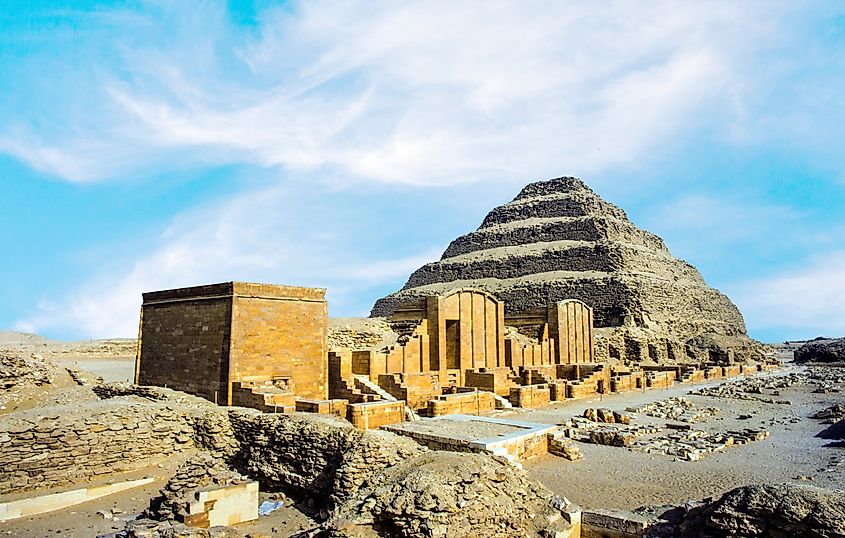
In Egypt, a significant discovery was made at the Saqqara necropolis, where the tomb of Pharaoh Djoser resides. A team of archaeologists from Cairo University uncovered the tomb of Ptah-M-Wiah, the Royal Treasurer during the reign of Ramses II, also known as Ramses the Great. This 3,200-year-old burial site, situated near the southern side of Djoser's Step Pyramid, offers invaluable insights into ancient Egyptian life during the era of Ramses II through various writings and drawings found within the tomb.
Ancient Gladiator Arena Uncovered In Turkey
The ancient city of Mastaura in Turkey is home to a recently discovered 1,800-year-old amphitheater, believed to have been a venue for gladiator battles and wild animal fights, much like Rome's Colosseum. Originally found in 2020, the structure was hidden beneath dense vegetation. The Mastaura Amphitheater, approximately 90 meters in diameter, is built on sloping terrain, with a 360-degree rotating row of seats (cavea) and an arena at the center. Aerial views reveal the topographic structure and vegetation distribution of this once-grand venue, with many of its components still buried underground but largely intact.
Discovery Of A Dead Sea Scroll In Israel's Cave Of Horror
In Israel, a cave known as the Cave of Horror, where the remains of 40 Jewish individuals were discovered in the 1960s, recently revealed fragments of a Dead Sea Scroll. The fragments, predominantly written in Greek with a few Hebrew words, including the name of God, are believed to be parts of the Biblical books of Zechariah and Nahum. The scroll fragments were found approximately 60 years after the initial discovery of the cave's remains. The archaeologists also uncovered a 6,000-year-old mummified child and a basket dating back to around 8500 BC in a nearby cave, the latter likely being the oldest known woven basket in the world.
Unearthing Female Influence In Ancient Spain
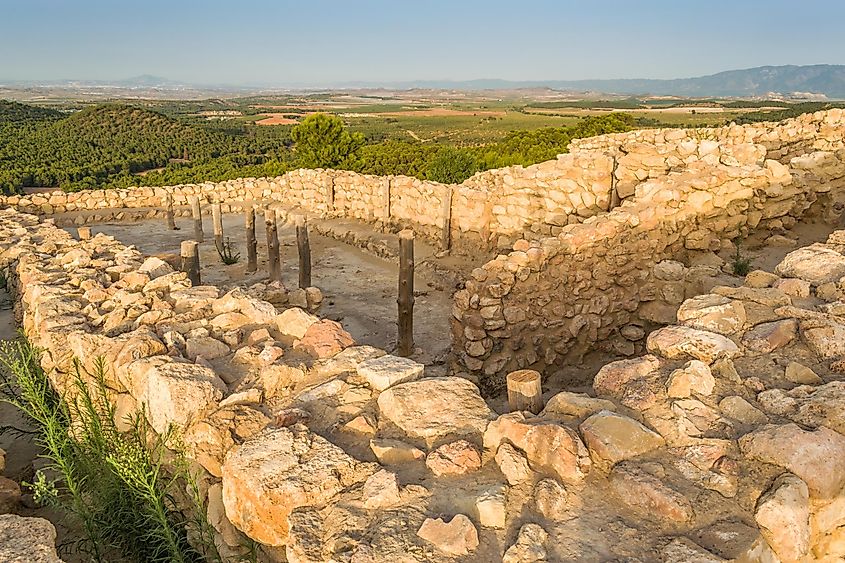
La Almoloya, an archaeological site in Spain, has unveiled a glimpse into the potential influence of women in ancient societies. Dating between 2200 and 1550 BC, the site was discovered in 2014 and has remained exceptionally preserved. Among the findings was a grave containing the remains of a woman adorned with luxurious silver jewelry. In contrast, a man buried beside her had no such items. The woman's possessions included a silver diadem, necklace, and bracelets. Experts suggest that the diadem may represent a symbol of power, indicating that she could have been a prominent figure or ruler within the El Argar Society that flourished in the region during that period.
Ancient Roman Shipwreck Unearthed Near Sicily
A significant Roman shipwreck dating between 1 BC and AD 1 has been uncovered near Kefalonia, close to Sicily. It is among the four largest shipwrecks ever discovered in the Mediterranean Sea. The vessel, which dates back approximately 2,200 years, was found carrying a cargo of wine and flour. These findings align with the known trading practices of Ancient Romans, who commonly dealt with goods such as olives, wine, corn, and spices. This discovery suggests that the ship was en route to a buyer when it met its untimely end in the Mediterranean waters.
The Takeaway
These 13 archaeological discoveries demonstrate the enduring significance of unearthing our past. From the ritualistic amputation of Egyptian war trophies to the influence of women in ancient Spanish society, each discovery reveals the untold stories, practices, and beliefs of civilizations long gone. Ironically, the more we find, the more we realize how little we know.











